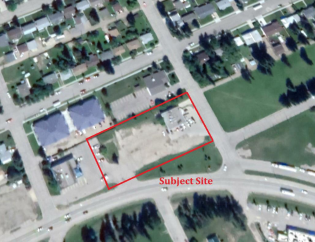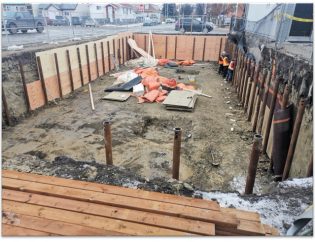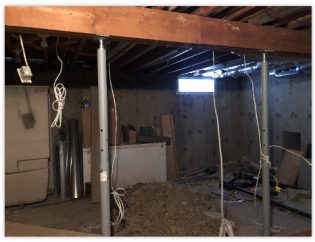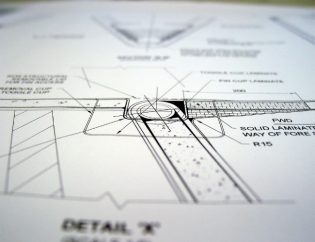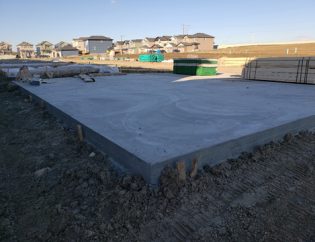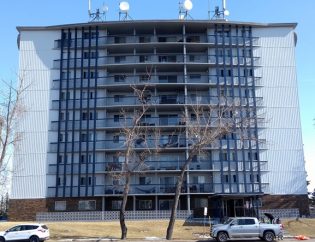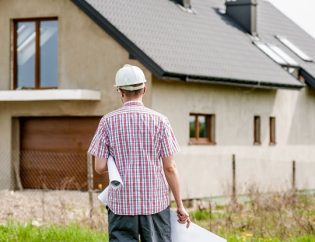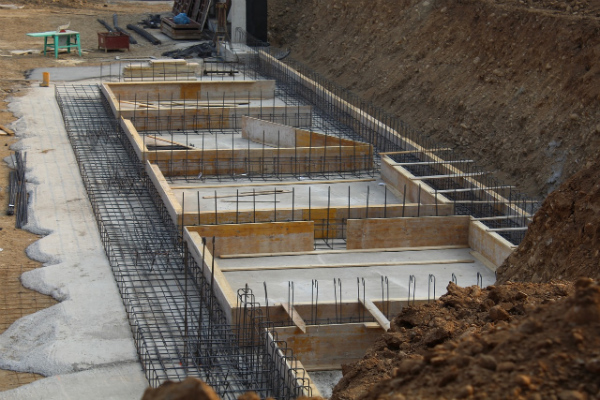
In any construction project, the foundation is the lowest part of the building structure that is responsible for safely transferring load from the structure to the soil. There are two types of foundation, shallow and deep foundation. To create efficient foundation designs, there are certain considerations that need to be followed and maintained.
Footing Depth and Spacing
The foundation shall be designed in such a way that the bottom of the foundation is located below the frost line. This is because of the frost heave which occurs due to the formation of ice crystals that dislocate surrounding soil and foundation, if the foundation is placed above the frost line. Footings must be placed below the topsoil layer to avoid soil consolidation as it is the loosest kind of soil that usually contains organic matter.
Footings should be constructed below:
- The frost line
- The zones of high volume change because of moisture fluctuations
- The topsoil layer
- The peat and muck soil
- The unconsolidated areas like garbage dumps, landfill areas.
Soil Settlement
The soil might get settled after installing a foundation. Settlement is time dependent and results from gradual reduction of volume of saturated soils. If the foundation is placed on loose soil, there is a possibility that the foundation would be settled overtime gradually. A geotechnical engineer shall verify the bearing capacity of soil to ensure that loads will not have any negative effect on the soil to settle. Prior to foundation installation, the soil shall be compacted to a degree recommended by the geotechnical report.
Soil Erosion
For structures that are adjacent to flowing water, the footings must be located at a depth where erosion or scour doesn’t undercut the soil and cause a foundation design failure. This also applies to bridge piers, abutments, retaining wall bases, etc. To avoid erosion, water should be permitted to flow away from the base of the foundation. In order to do so, weeping tile should be installed along the base of the foundation.
Foundations in Sand and Silt
Foundations installed in sand and silt will require densification of the loose soil before installation. The soil beneath the footing needs to be confined. If the soil is not confined, it will flow out from the footing perimeter with a loss of density and bearing capacity. This will make it easier for wind and water to erode sand or silt that is too near to the ground surface.
Foundations in Loess and Other Collapsible Soils
Collapsible soils are deposits of silts, sand, and volcano ash. Typically, they are loose with low density but are stable. Foundations in this soil can be well-cemented on contact points with a water-soluble bonding agent. Structural engineers need to consider certain conditions of the load and wetness of the soil in order to produce a structure with high stability even in collapsible soils.
For all your foundation designs and drawings, get in touch with our team of engineers and designers to create accurate, effective and detailed foundation drawings.
